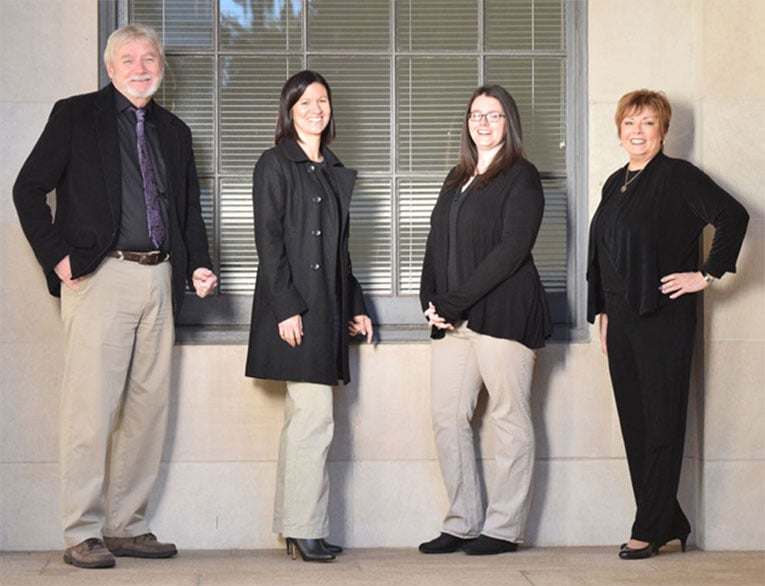If you own a Florida home with both a first and second mortgage on it, the possibility of foreclosure likely will be one of your biggest concerns if you encounter financial difficulties and cannot keep up with your mortgage payments.
HomeGuides explains that should you decide that bankruptcy represents your only way out, you should file a Chapter 13 bankruptcy rather than a Chapter 7 one. Why? Because in a Chapter 13 bankruptcy, the court has both the authority and the ability to strip any lien your second mortgage holder attempts to put on your home.
Unlike a Chapter 7 bankruptcy that discharges virtually all of your consumer debts, including your credit card debts, a Chapter 13 bankruptcy is instead a reorganization procedure that gives you the opportunity to get back on a strong financial footing.
How Chapter 13 works
As soon as you file for Chapter 13 bankruptcy, its automatic stay comes into effect. During this period of time, none of your creditors, including both your first and second mortgage holders, can harass you for debt repayment. Nor can your first mortgage holder institute foreclosure proceedings against you. If (s)he already has, those proceedings come to a screeching halt.
Next, the Court divides your creditors into two groups: secured and unsecured. Your first mortgage holder falls into the first group since your home is your security for this debt. Your second mortgage holder, however, depending on whether your home is worth less than the balance due on the first mortgage, may fall into the second group. If your second mortgage is entirely unsecured, then you may be able to strip the second mortgage. After successful completion of your Chapter 13, your second mortgage would then be stripped.
In Chapter 13 you get to renegotiate the terms and conditions of most of your secured debts. This results in substantial balance reductions and/or substantial monthly payment reductions. After your negotiations, you then construct a repayment plan that the court must approve before it goes into effect.The payment you will make during your Chapter 13 Plan is based on two things: how much you can afford to pay your creditors after paying your reasonable living expenses, and how much you must pay based on bankruptcy law.
Your 3 to 5 year Chapter 13 Plan may pay little or nothing to your unsecured creditors. Once the plan ends, the Court discharges your unsecured debts. Your second mortgage lien is stripped, thereby ridding your home of its second mortgage and any consequences thereof.
This is general educational information and not intended to provide legal advice.


